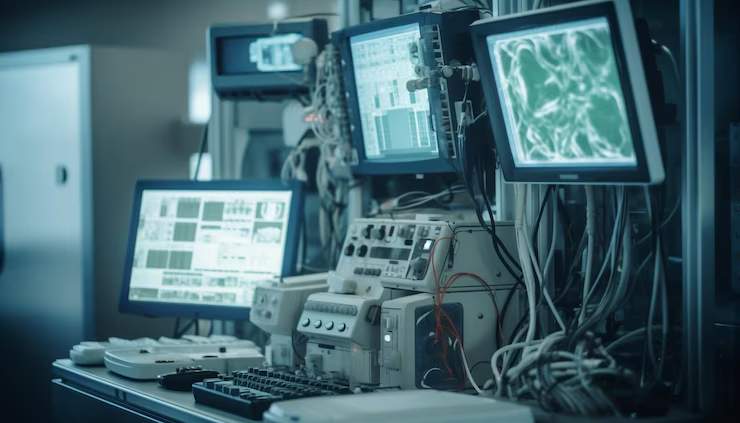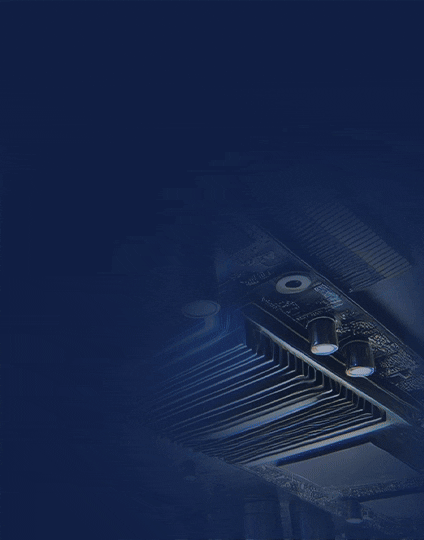In the world of modern healthcare, precision, reliability, and continuity are non-negotiable. Behind every pacemaker keeping a heartbeat steady, every portable ventilator assisting respiration, and every wearable glucose monitor tracking vital metrics lies one unifying factor—power. Power management in medical devices isn’t just about energy efficiency; it’s about ensuring uninterrupted care, patient safety, and life-saving performance when it matters most.
As medical devices become smarter, smaller, and more mobile, the demand for optimized power usage has grown significantly. From implantable devices that must operate flawlessly for years without intervention to portable diagnostics equipment that must maintain consistent performance across diverse environments, efficient power management has become a cornerstone of innovation in medical technology.
This article explores how power management strategies are shaping the future of healthcare, the challenges involved, the cutting-edge technologies that are leading the way, and why smart energy solutions are not just technical necessities—but matters of life and death.

The Role of Power Management in Medical Devices
Power management is more than just a technical feature—it’s a critical function that defines the effectiveness, safety, and usability of medical devices. In life-sustaining and health-monitoring technologies, consistent and reliable power supply ensures uninterrupted operation, accurate performance, and, ultimately, better patient outcomes.
Ensuring Continuous Operation
Medical devices, especially those used in critical care or home settings, must operate continuously without unexpected shutdowns. Power interruptions in devices like pacemakers, infusion pumps, or ventilators can pose serious risks to patients. Effective power management systems ensure seamless operation through optimized battery usage, backup systems, and smart power regulation.

Balancing Power and Performance
There’s often a trade-off between device performance and power consumption. Devices must run efficiently without compromising their core functions. For example, wearable heart monitors must process real-time data while preserving battery life for extended use. This balance is achieved through intelligent power management systems that allocate energy based on usage patterns and operational priorities.
Miniaturization and Mobility
As devices become smaller and more portable, efficient power usage becomes even more critical. Smaller batteries with longer lifespans are now essential components of compact devices like hearing aids, portable ECG monitors, or insulin pumps. Power management is the key to maintaining performance without increasing device size or weight.
Patient-Centric Design
Modern power management isn’t just about engineering—it’s about the user experience. Devices must be convenient, reliable, and low-maintenance. Long-lasting batteries reduce the need for frequent recharges or replacements, offering peace of mind to patients and caregivers alike. For implantable devices, efficient power usage can extend operational life by years, delaying or avoiding invasive procedures for battery replacement.
Technologies Enhancing Power Management
As the demand for smarter, smaller, and more energy-efficient medical devices rises, technology is stepping up in powerful ways. Innovations in hardware, software, and energy systems are transforming how medical devices consume, conserve, and manage power—ultimately improving device performance and patient safety.

1. Low-Power Components and Circuits
Modern medical devices rely on ultra-low-power microcontrollers, sensors, and integrated circuits designed to function on minimal energy. These components are engineered to enter sleep modes when not in use, reducing unnecessary power draw without sacrificing functionality.
For example, many wearable health monitors use microcontrollers with dynamic power scaling—adjusting performance and power usage in real time based on activity levels or patient interaction.
2. Advanced Battery Technologies
Battery advancements have been a game changer. Lithium-ion and solid-state batteries now offer higher energy densities, longer life cycles, and improved safety compared to older technologies. Solid-state batteries, in particular, are gaining attention for their ability to reduce size and risk while boosting performance—ideal for implantable and portable devices.
Rechargeable batteries with smart charge management systems are also making medical devices more sustainable and user-friendly.
3. Power-Efficient Communication Protocols
Many medical devices need to transmit data—whether to a smartphone app, a hospital system, or a cloud server. Protocols like Bluetooth Low Energy (BLE), Zigbee, and even custom wireless systems are optimized to minimize power use while maintaining secure, stable connections.
These protocols enable devices to stay connected for extended periods without draining the battery—critical for continuous monitoring applications like glucose tracking or remote ECGs.
4. Energy Harvesting Solutions
Energy harvesting is emerging as a futuristic yet increasingly viable method for powering low-consumption medical devices. Technologies that convert body heat, movement, or ambient light into usable energy are being explored to power wearable sensors and implantables, potentially eliminating the need for traditional batteries altogether.
For instance, thermoelectric generators can harvest heat from the human body to power sensors, while piezoelectric materials can convert motion into electrical energy.
5. Wireless Charging Innovations
Wireless charging isn’t just for phones anymore—medical devices are adopting inductive and resonant wireless charging systems to allow easier, safer recharging. For implantable devices, researchers are developing transcutaneous energy transfer (TET) systems, which charge devices through the skin without surgical intervention.
Power Management in Critical Medical Devices
Critical medical devices—those that directly sustain life or deliver real-time diagnostics—require the most stringent and reliable power management strategies. In these devices, even a brief power lapse can have serious or fatal consequences, making energy efficiency and reliability non-negotiable.
1. Wearable Medical Devices
Devices like continuous glucose monitors, fitness trackers for chronic conditions, and portable ECG monitors are becoming staples in outpatient care. These wearables must balance functionality with compact size and battery efficiency.
Power management in wearables often includes:
- Adaptive power scaling: Adjusting performance based on user activity.
- Intermittent data transmission: Sending data only when thresholds are crossed.
- Low-power sensors and processors: Reducing energy use without compromising accuracy.
These strategies extend battery life and enhance patient comfort, making it easier to adhere to long-term monitoring regimens.
2. Implantable Devices
Implantables such as pacemakers, defibrillators, cochlear implants, and neurostimulators must function flawlessly inside the body for years, often without user interaction.
Key power management considerations include:
- Ultra-low power electronics that maximize battery life.
- Predictive power usage models that help manage battery degradation.
- Biocompatible energy sources that are safe and durable over time.
In some cases, energy harvesting (like harnessing kinetic energy from the heartbeat) is being explored to support or supplement power for these devices, reducing the need for surgical battery replacements.
3. Portable Diagnostic Equipment
Devices like handheld ultrasound machines, portable ventilators, and infusion pumps are essential in emergency settings, home care, and rural healthcare environments.
Their power management must address:
- Swappable or rechargeable battery packs for extended use.
- Fail-safes and battery redundancy to ensure uptime during critical procedures.
- Efficient power conversion to run on various input sources (AC, DC, solar).
Because these devices are often used in unpredictable or resource-limited environments, their power systems must be robust, adaptive, and easily serviceable.
4. Hospital-Based Critical Devices
While hospital equipment is usually plugged into main power, battery backups are critical for uninterrupted function during outages. Power management systems in these devices include:
- UPS (Uninterruptible Power Supply) integration for seamless transitions.
- Real-time power monitoring to detect and respond to anomalies.
- Smart load balancing to prioritize essential functions during limited power availability.

Conclusion
Power management in medical devices is no longer just a behind-the-scenes technical concern—it’s a defining factor in patient safety, device reliability, and the evolution of modern healthcare. Whether it’s an implantable defibrillator operating silently for years or a portable ventilator sustaining life in transit, efficient power management is what keeps these technologies functioning precisely when they’re needed most.
As healthcare continues to shift toward mobility, personalization, and connectivity, the demand for smarter, more sustainable power solutions will only grow. Innovations in low-power design, advanced batteries, wireless charging, and energy harvesting are opening the door to longer-lasting, safer, and more capable medical devices. In the end, effective power management isn’t just about saving energy—it’s about saving lives.












